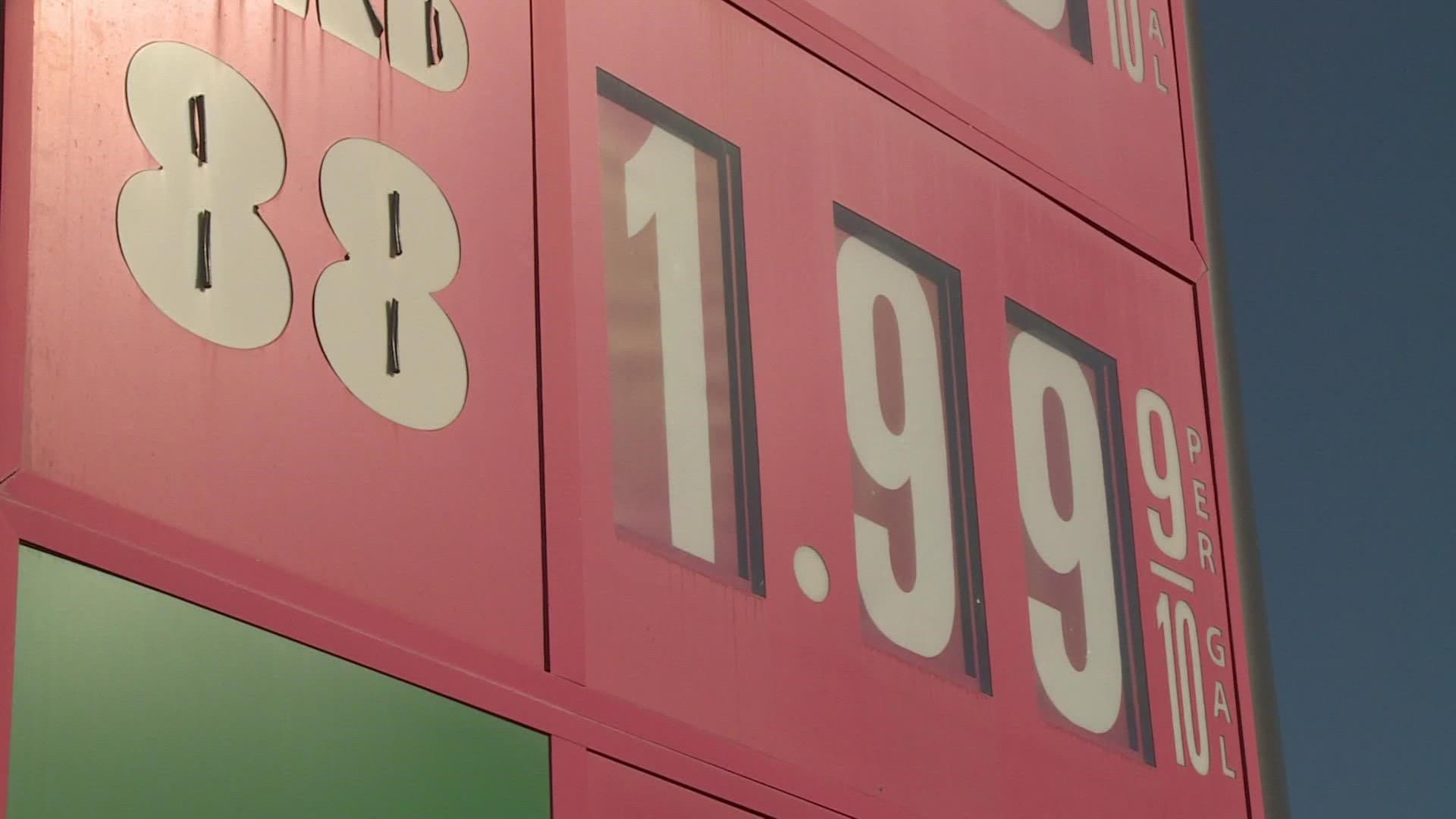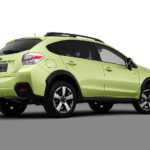Unleaded 88 (E15) offers potential cost savings due to its higher ethanol content, which is often subsidized by the government. While generally safe for vehicles 2001 and newer, compatibility with Unleaded 88 varies. Always consult your owner’s manual to avoid potential engine issues. This guide helps you navigate the complexities of E15, ensuring you make informed decisions at the pump.
Understanding Unleaded 88 (E15)
Unleaded 88, also known as E15, contains 15% ethanol and 85% gasoline. The EPA has approved its use for most vehicles 2001 and newer, as well as flex-fuel vehicles. This approval doesn’t guarantee compatibility with every vehicle, however. Your owner’s manual remains the definitive guide to your car’s specific fuel requirements.
Unleaded 88 vs. 87: What’s the Difference?
The primary difference lies in the ethanol content: E15 has 15%, while E10 (regular unleaded 87) has 10%. This seemingly small difference can significantly impact compatibility, performance, and even long-term engine health.
| Feature | Unleaded 87 (E10) | Unleaded 88 (E15) |
|---|---|---|
| Ethanol Content | 10% | 15% |
| Price | Generally Higher | Generally Lower |
| Emissions | Likely Higher | Likely Lower |
| Fuel Economy | Probably Slightly Higher | Probably Slightly Lower |
| Compatibility | Wider Range | More Restricted |
Benefits of Using Unleaded 88
- Environmental Impact: E15 burns cleaner than E10, producing fewer harmful emissions. This makes it a more environmentally friendly choice, potentially contributing to better air quality.
- Cost Savings: E15 often comes with a lower price tag than E10 due to government subsidies on ethanol production. These subsidies aim to encourage the use of renewable fuels and reduce our dependence on foreign oil.
Potential Drawbacks of Unleaded 88
- Reduced Fuel Economy: Ethanol contains less energy per gallon than gasoline. Consequently, using E15 might slightly reduce your miles per gallon compared to E10. This reduction isn’t drastic but can become more noticeable with aggressive driving or frequent stop-and-go traffic.
- Compatibility Issues: Not all vehicles are designed to handle the higher ethanol content of E15. Older vehicles (pre-2001), small engine equipment (like lawnmowers and chainsaws), and some motorcycles are particularly susceptible to potential damage. Using E15 in an incompatible vehicle can damage fuel system components, seals, and hoses. Always defer to your owner’s manual for guidance.
What If I Accidentally Use Unleaded 88?
A single accidental fill-up with E15 in a newer, non-flex-fuel car is unlikely to cause immediate damage. However, if your car is not E15-compatible (especially pre-2001 models), or if you’re concerned, it’s best to drain the tank and refill with the correct fuel. Repeated exposure to E15 in an incompatible car will cause problems down the line. If you experience any unusual engine performance, including knocking or sputtering after accidentally using E15, it’s best to consult a mechanic.
Long-Term Effects: What We Know and Don’t Know
While short-term effects are fairly well understood, researchers are still investigating the long-term impact of E15 on engine components. Some experts theorize that long-term E15 use could lead to increased wear and tear on certain engine parts, particularly in vehicles designed for E10. Other experts suggest the effects are negligible. Ongoing research will provide a more complete picture of the potential long-term effects of E15 usage.
Keeping Your Engine Healthy with E15
If you decide to use E15, regular maintenance is more important than ever. Sticking to your car’s recommended maintenance schedule, including regular oil changes and fuel filter replacements, can help mitigate potential long-term effects and keep your engine running smoothly. Some mechanics suggest more frequent fuel filter changes for vehicles consistently using E15, especially in older, borderline-compatible models.
The Future of E15
E15 and other higher ethanol blends are part of an ongoing conversation about renewable fuels and energy independence. The future of E15 and its role in the broader fuel landscape depends on factors like government regulations, consumer demand, and continuing research into its long-term effects.
Other Helpful Resources:
Are you plagued by pesky drain flies and wondering if a dose of bleach will do the trick? Discover the surprising effectiveness (or lack thereof) when you explore the question of will bleach kill drain flies. For enhanced home safety, delve into the world of seamlessly integrated fire protection with a guide to wireless interconnected smoke detectors and ensure your peace of mind.
- Discover Long Black Pepper: Flavor & Health Benefits - April 25, 2025
- Shocking Twists: The Grownup Review: Unreliable Narration - April 25, 2025
- A Quiet Place Book vs Movie: A Deep Dive - April 25, 2025
















1 thought on “Will Unleaded 88 Damage My Car?”
Comments are closed.